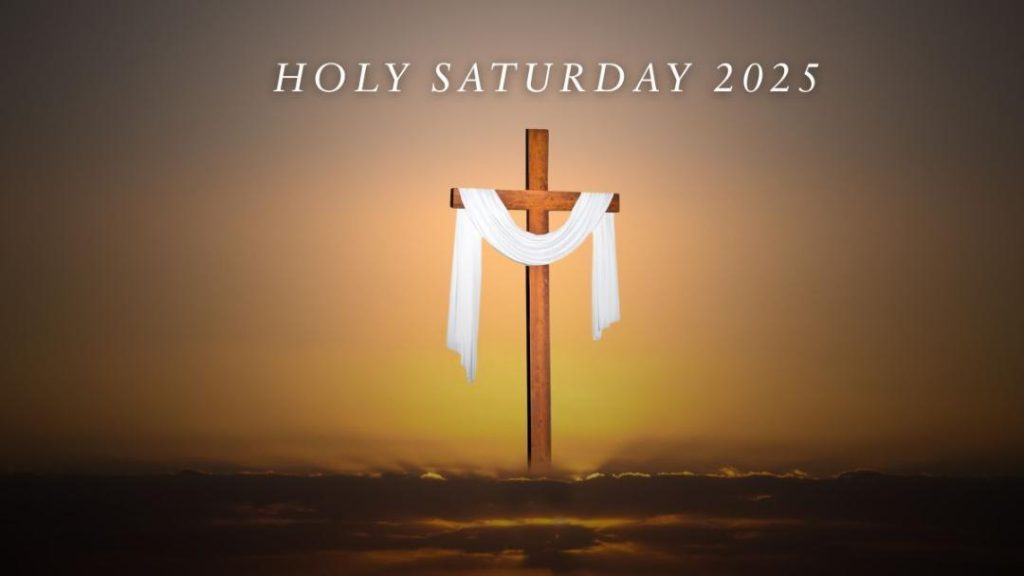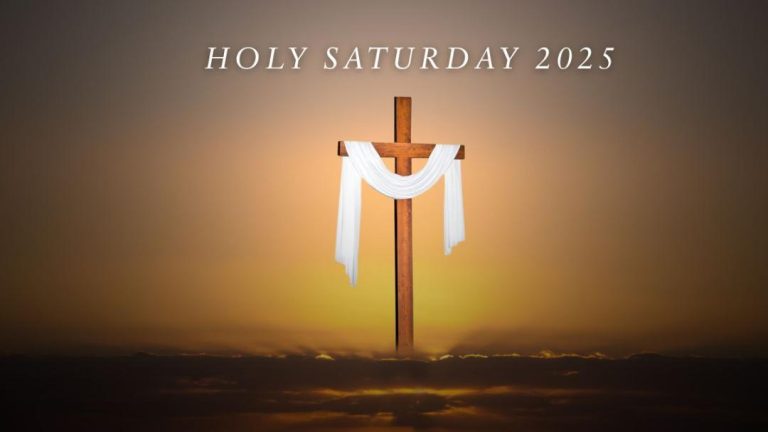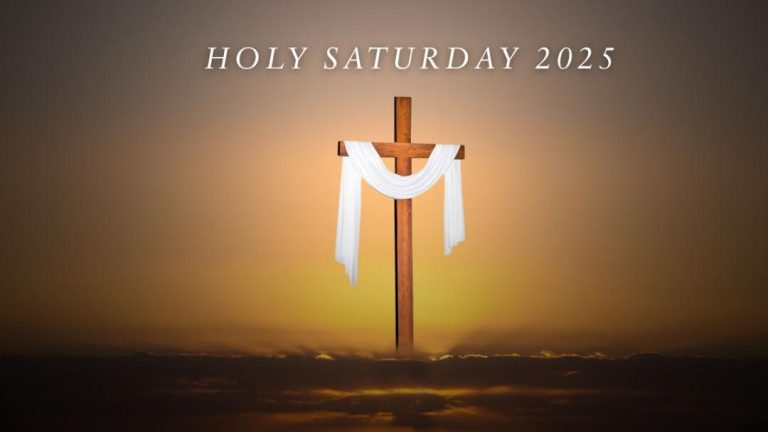
What is Holy Saturday & why is it celebrated?
Holy Saturday, observed between Good Friday and Easter Sunday, marks the day Jesus Christ lay in the tomb after his crucifixion. It signifies a period of silence, reflection, and anticipation before the celebration of his resurrection. This year, Holy Saturday will be observed on April 19, 2025, followed by Easter Sunday on April 20.
As the world waits with bated breath for the celebration of Easter, a pivotal day in the Christian calendar is often overlooked – Holy Saturday. While Good Friday commemorates the crucifixion of Jesus Christ and Easter Sunday marks his resurrection, Holy Saturday is the day that lies in between, a day of quiet contemplation and anticipation. In this blog post, we will delve into the significance of Holy Saturday, its history, and what makes it a unique and special day in the Christian calendar.
The Significance of Holy Saturday
Holy Saturday, also known as Easter Saturday, is the day when Jesus Christ lay in the tomb, having been crucified on Good Friday. It is a day of silence and reflection, a time when Christians pause to contemplate the sacrifice of Jesus Christ and the hope of his resurrection. The day is marked by a sense of anticipation, as followers of Christ wait for the resurrection to take place.
In many Christian traditions, Holy Saturday is marked by a period of fasting and abstinence from meat. This is a time for reflection and prayer, as Christians remember the suffering and death of Jesus Christ. The day is also marked by a sense of expectancy, as believers look forward to the celebration of Jesus’ resurrection on Easter Sunday.
The History of Holy Saturday
The celebration of Holy Saturday has its roots in the early Christian church. In the 4th century, the Council of Nicaea established the date of Easter as the first Sunday after the full moon following the vernal equinox. This meant that Easter Sunday could fall on any date between March 22 and April 25.
As the date of Easter Sunday varied, the period between Good Friday and Easter Sunday was often referred to as Holy Saturday. The day became an important part of the Christian liturgical calendar, marking the period of time when Jesus Christ lay in the tomb.
Unique Traditions and Practices
Holy Saturday is unique in that it is a day of quiet contemplation and anticipation. Many Christian traditions have developed special practices and rituals to mark the day. Some of these include:
- The Easter Vigil: Many Christian churches hold an Easter Vigil on Holy Saturday evening, which includes a period of prayer, song, and candle-lighting. This service marks the beginning of the Easter celebration and is often attended by large crowds.
- The Tomb of Christ: In some Christian traditions, the Tomb of Christ is reenacted on Holy Saturday, with a mock burial and resurrection. This is done to emphasize the significance of Jesus’ death and resurrection.
- The Easter Lilies: In many Christian churches, Easter lilies are used to decorate the altar on Holy Saturday. The lilies symbolize the hope and renewal that comes with Jesus’ resurrection.
Conclusion
Holy Saturday is a unique and special day in the Christian calendar, marking the period of time when Jesus Christ lay in the tomb before his resurrection. It is a day of silence, reflection, and anticipation, and is often overlooked in the rush to celebrate Easter Sunday. As we wait for the celebration of Jesus’ resurrection, let us take a moment to reflect on the significance of Holy Saturday and the hope that it brings.






